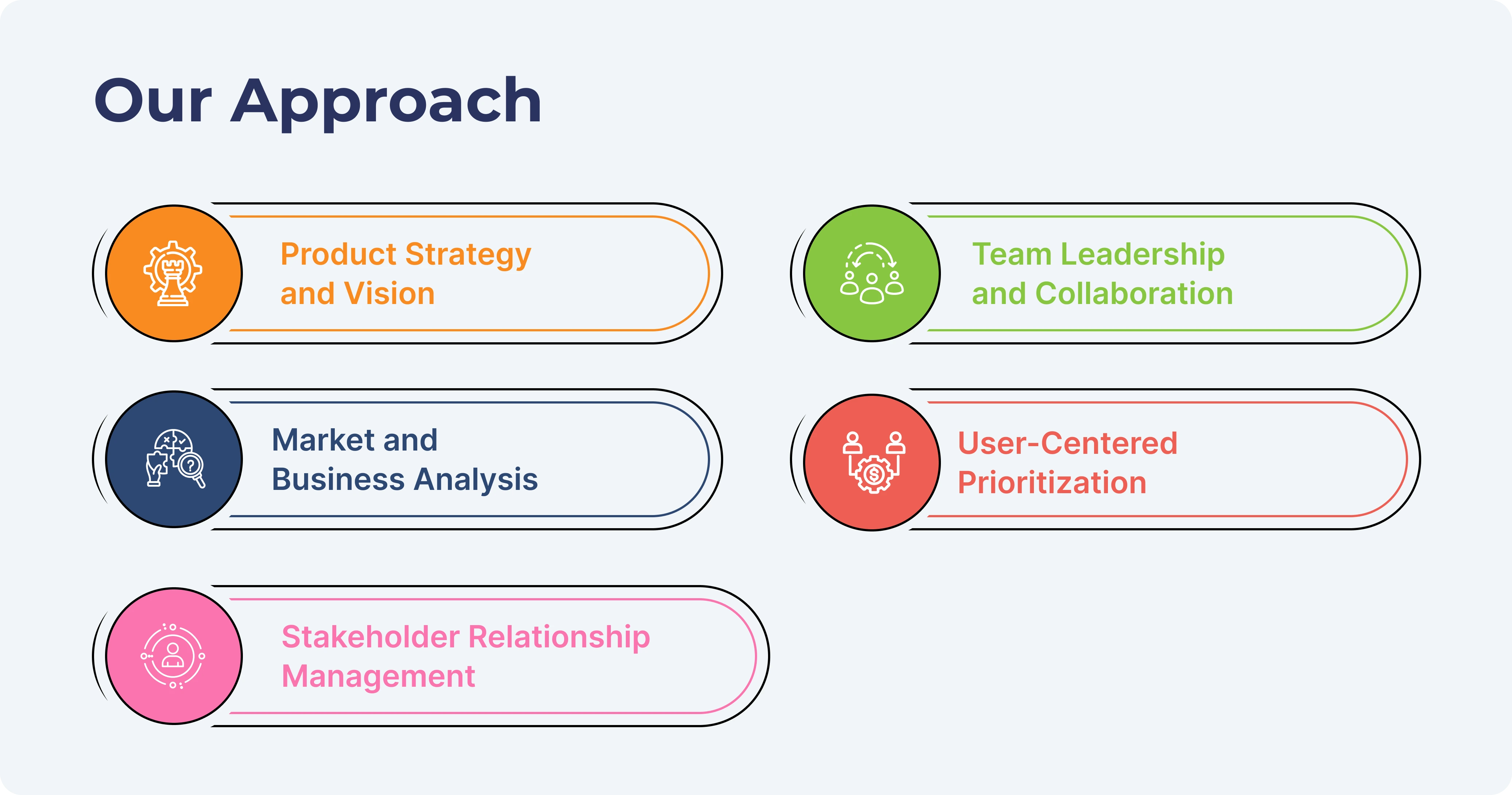RoadMap
Because of our praiseworthy expertise in software development, a client approached us during the planning phase of his project. Underneath his requirements he needed a calculated and strategy-driven roadmap. His goal was to create a visual roadmap to communicate his development plan, align stakeholders, and track progress over time. And Red Star Technologies’ had this role to provide a self-explanatory roadmap that could evolve alongside the project.
Client Requirement
Our client was looking for:
- A handy and editable roadmap that could be updated with time.
- A quarterly timeline layout, showcasing key milestones and goals.
- A document that could be updated with the progress of the project.
- Self-explanatory division into different phases such as research, design, development , testing and release planning.
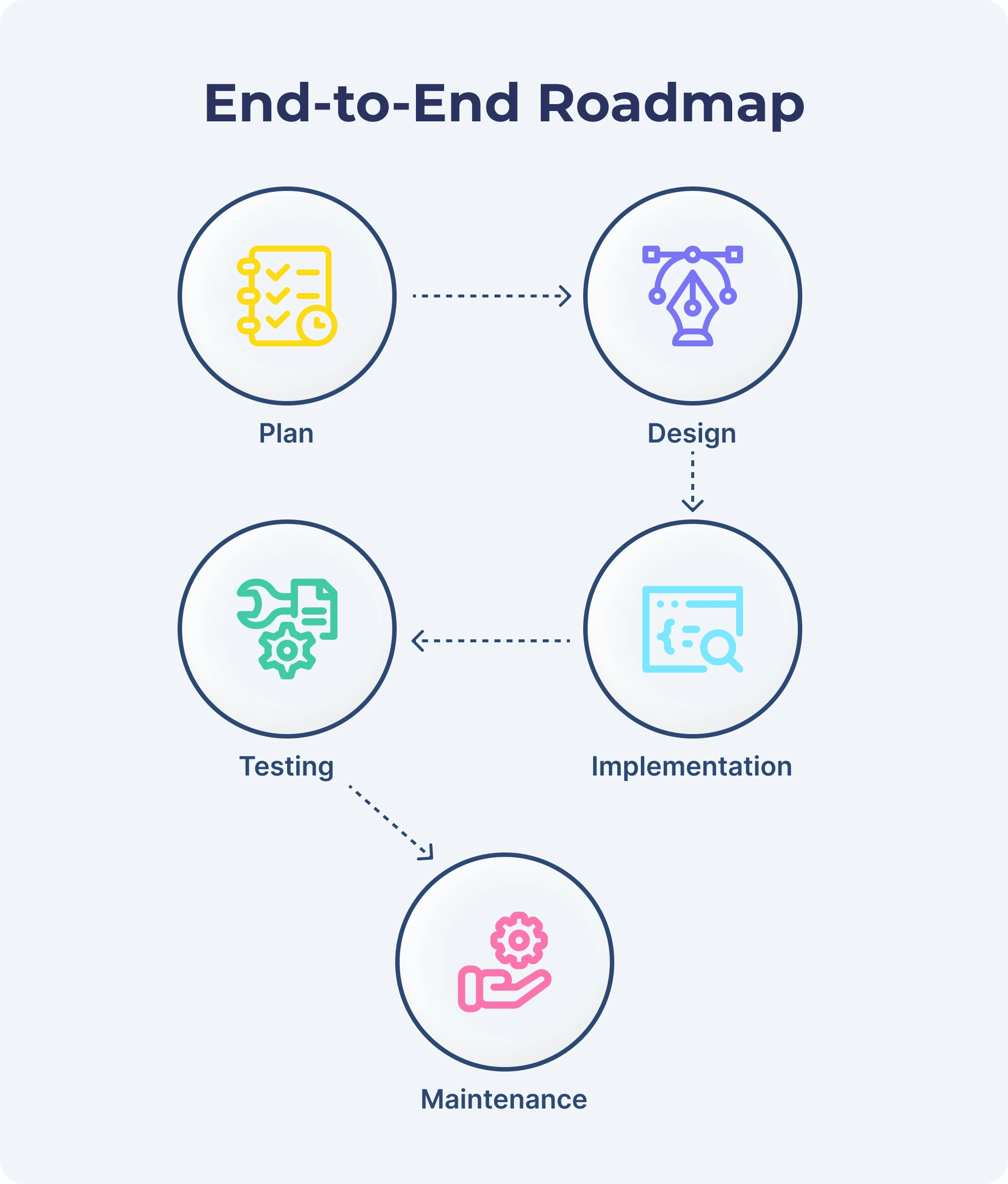
Challenges
This project presented a unique set of planning challenges:
- There was structural lagging on the part of our client and undefined phases or timelines.
- Though the project had broader scope yet there were no set priorities at the outset.
- The client demanded to avoid complicated tools to edit the document. So, default Office tools had to be implemented for editing.
- It had to support ongoing changes while retaining clarity and usability.
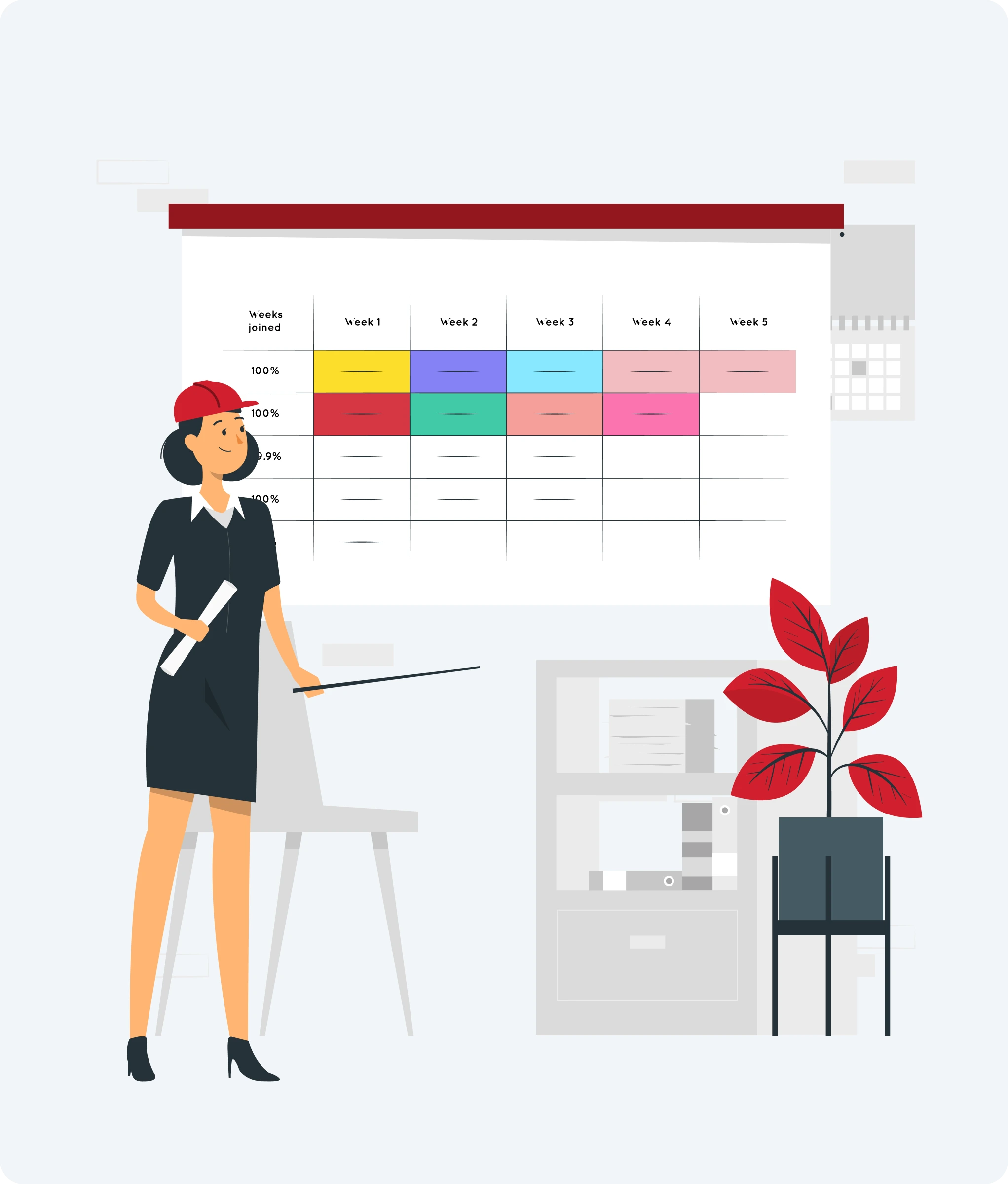
Solution
Coming to the solutions we proposed to the aforementioned challenges:
- We arranged a communicative session with our client to have an in-depth understanding of the project’s scope.
- Our team defined logical phases and prioritized key features across the timeline
- By using understandable formats, we structured milestones into a roadmap from Q1-Q4.
- We delivered in multiple editable formats with visuals and color-coded sections.
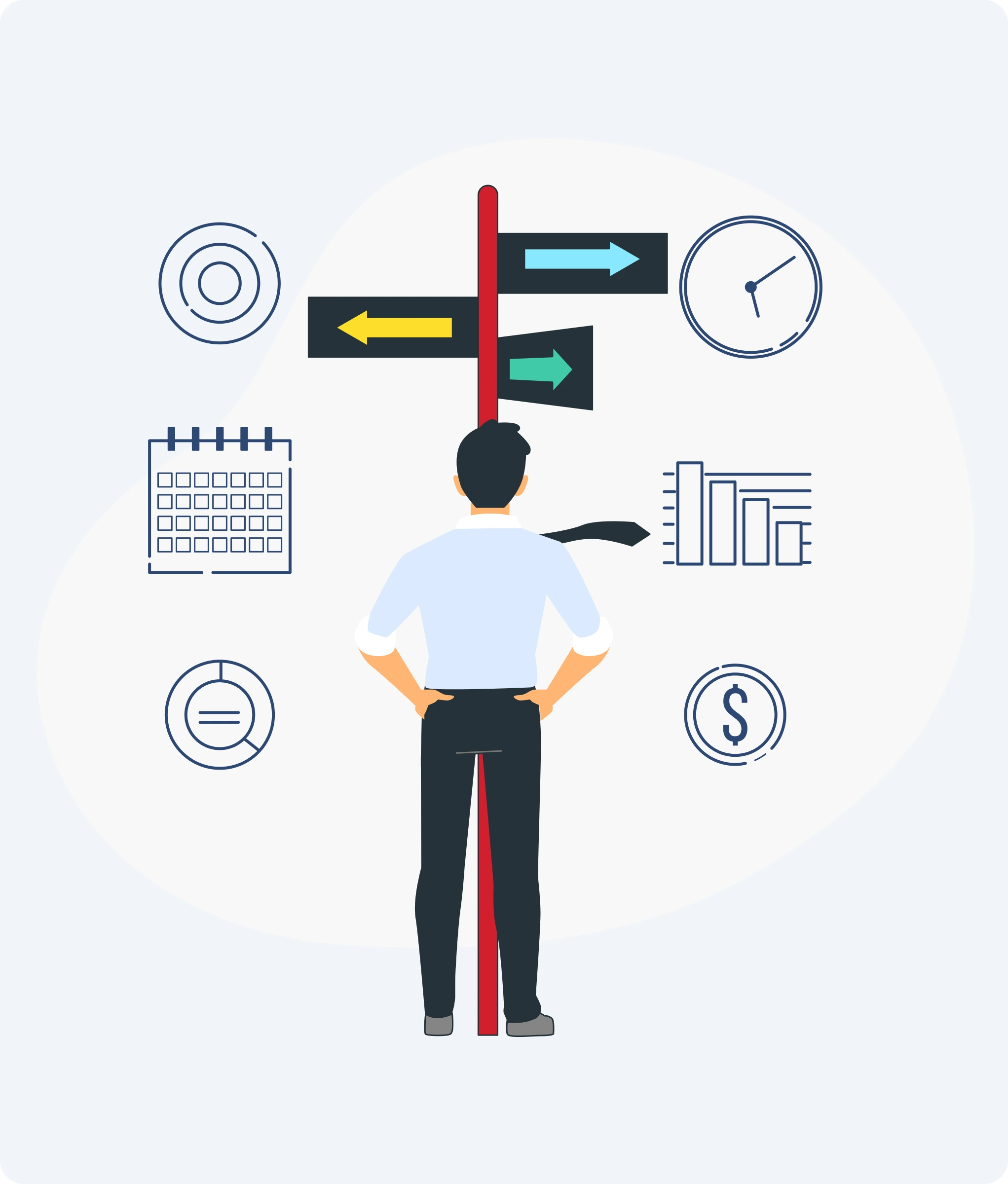
Unique Features
- Our editable created roadmap allowed our client to independently make changes as needed.
- The roadmap was designed in a way that it was usable for both internal team and external presentations.
- Included versioning cues to track changes over time and avoid confusion.
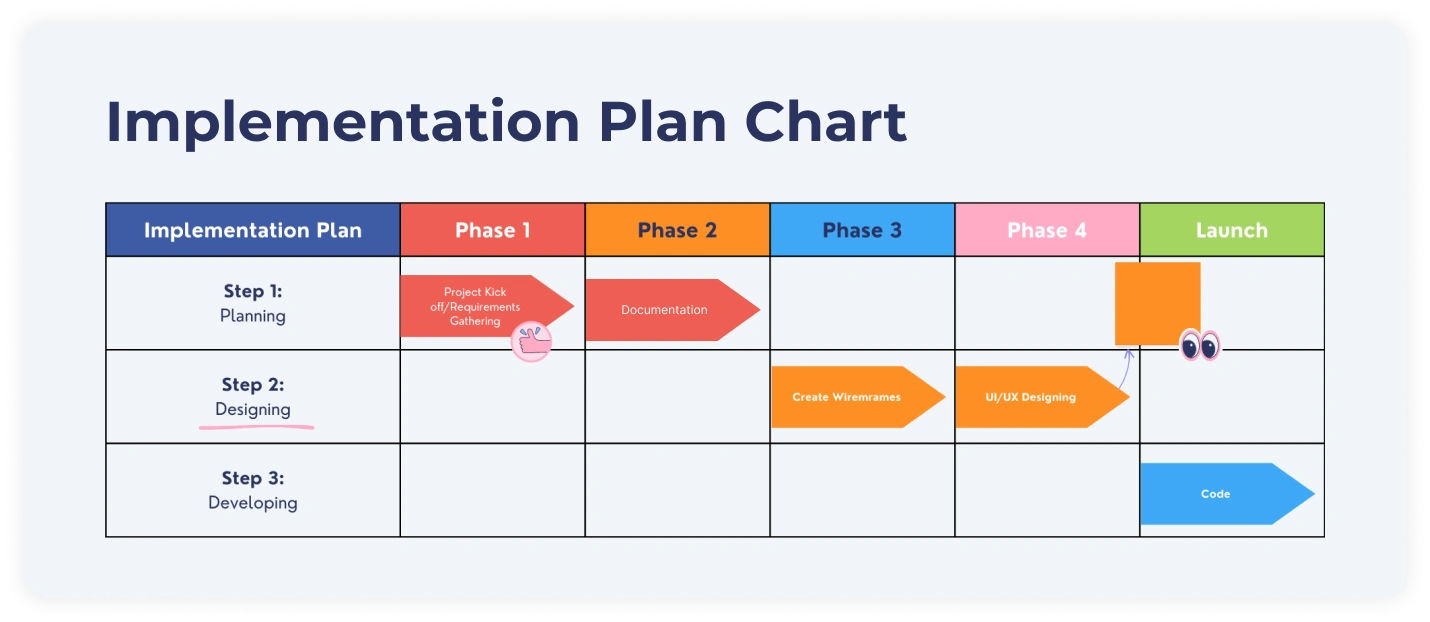
Our Projects
We’ve worked on different types of software, including websites, apps, and games. Here are a few examples:
- Project 1: We tested a mobile app and found bugs that were fixed before the app launched.
- Project 2: We helped a game run smoothly by finding problems that could cause crashes.
- Project 3: We tested an e-commerce website and made sure all buttons and links worked perfectly.
